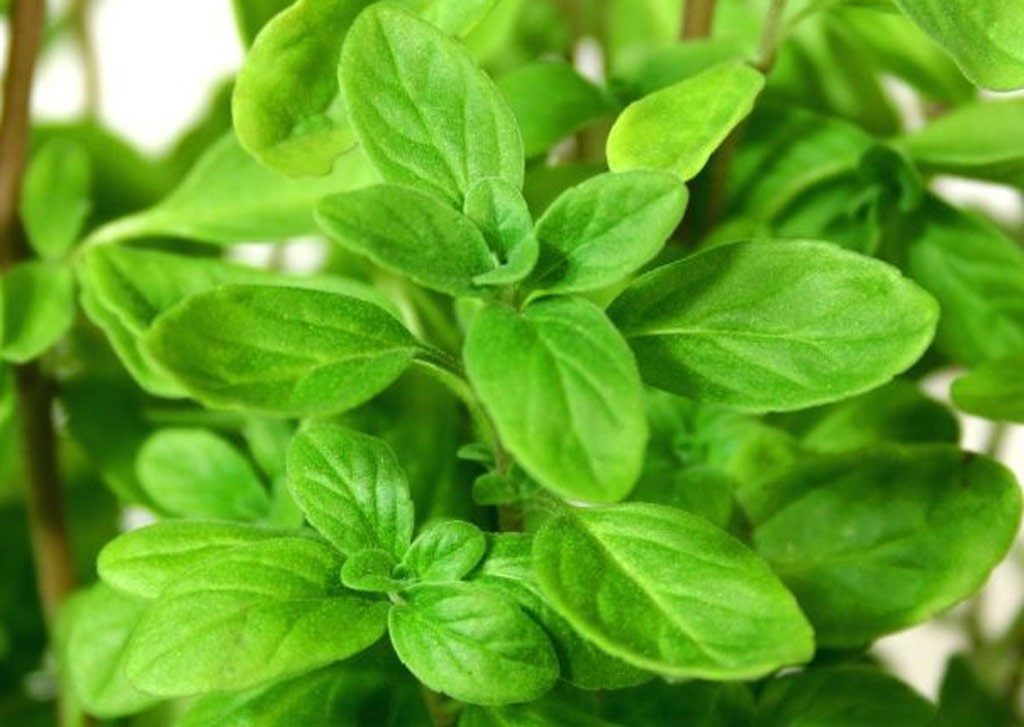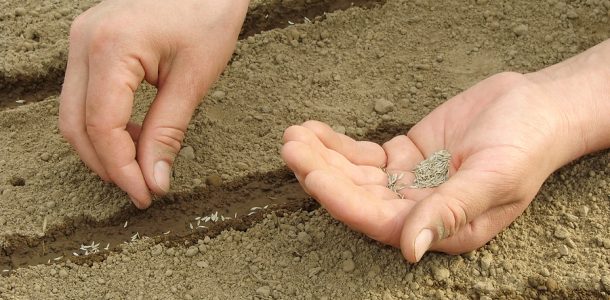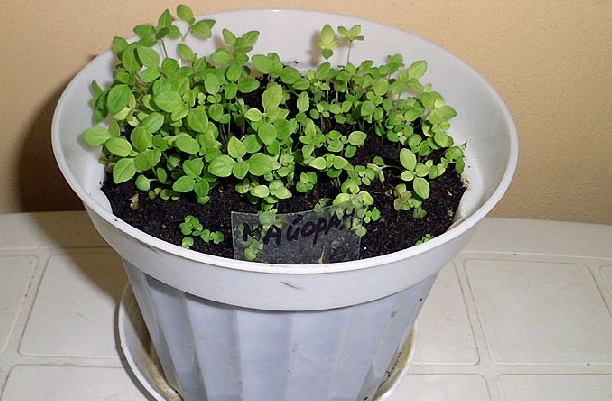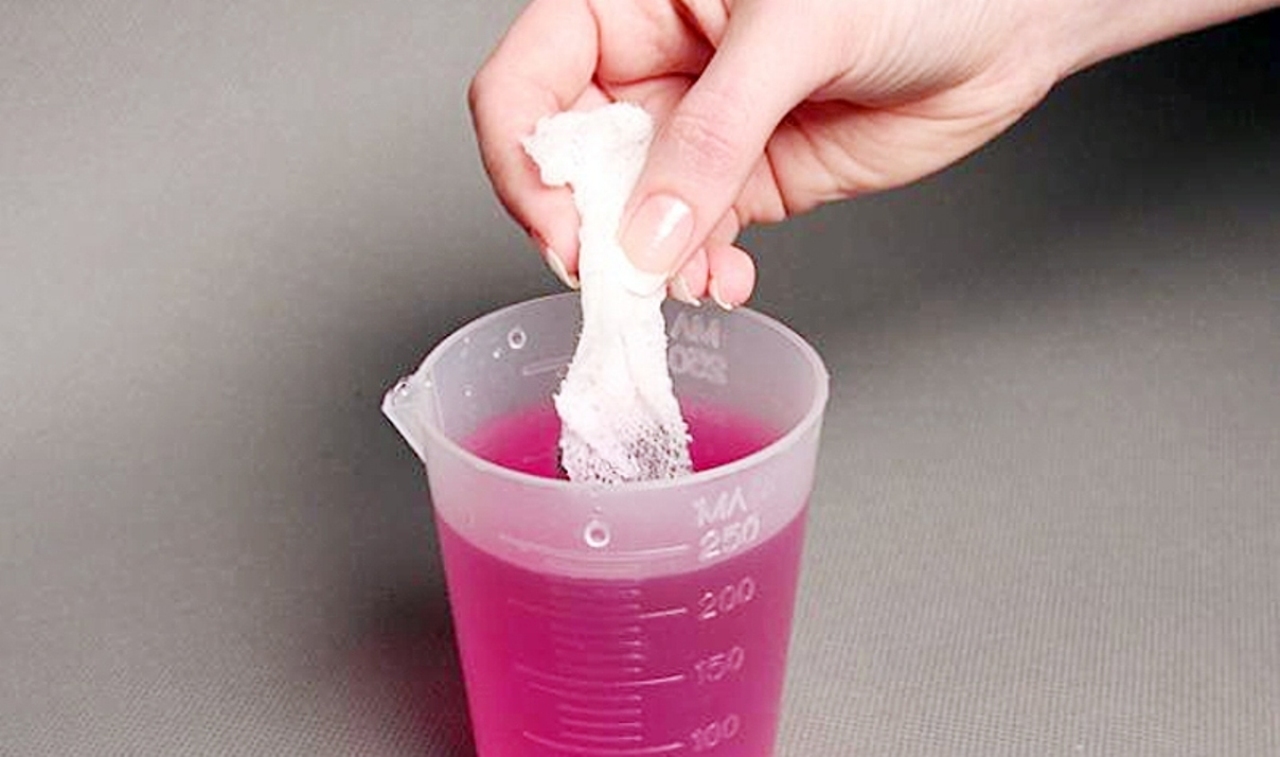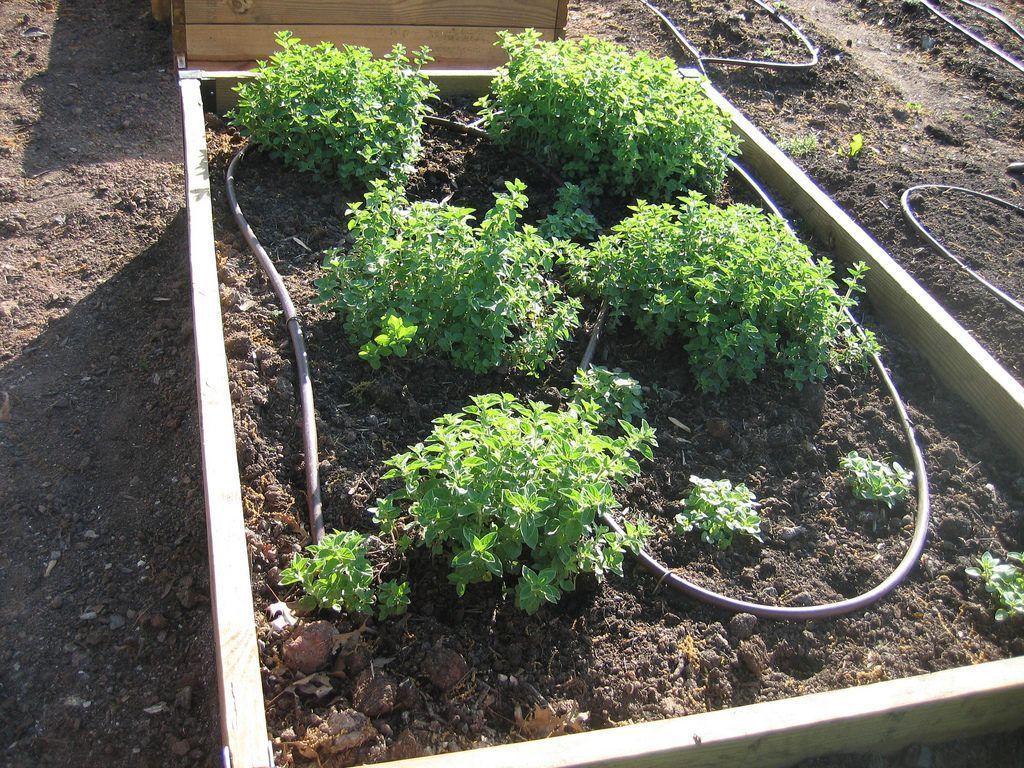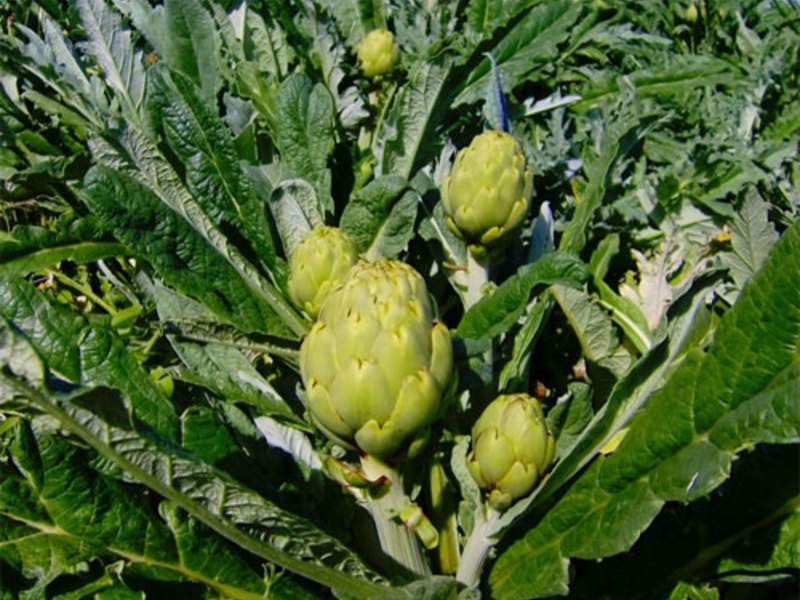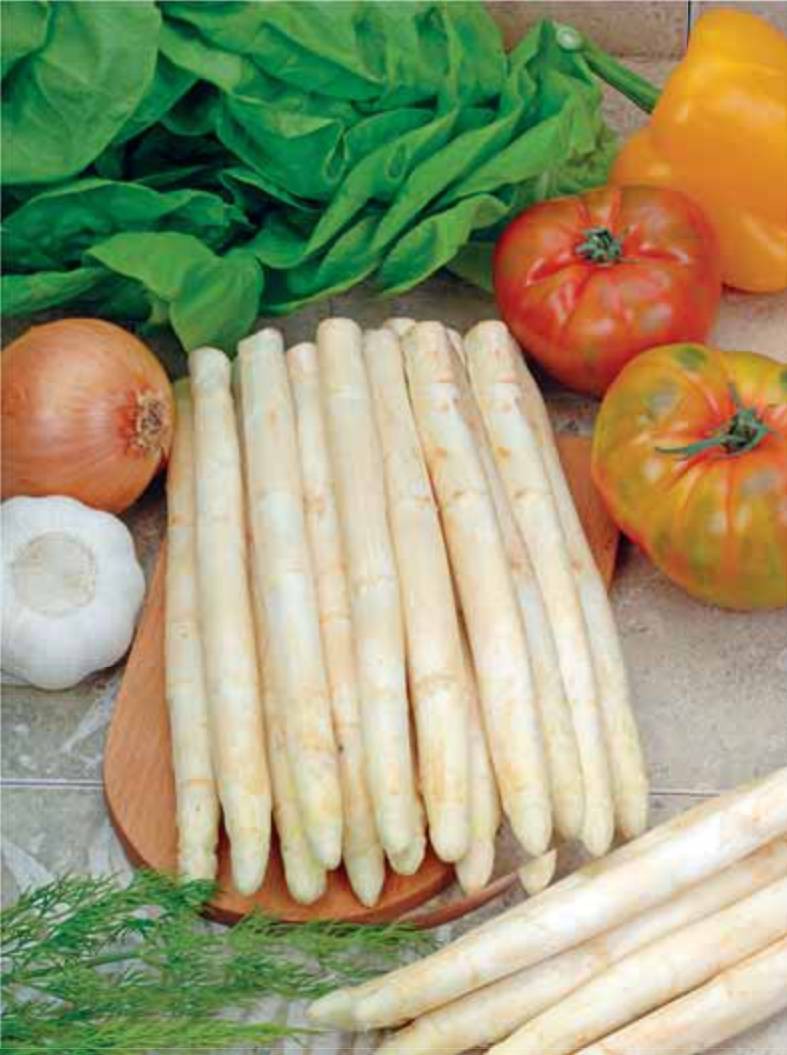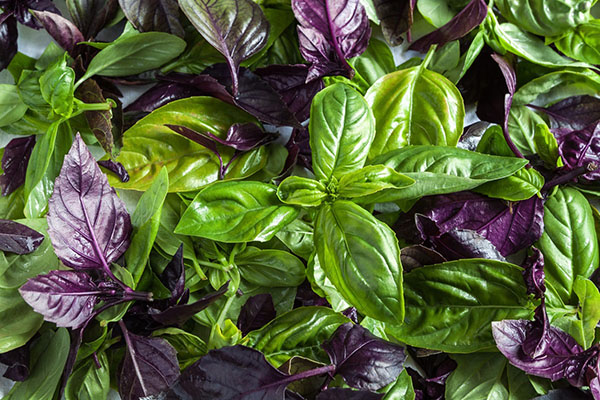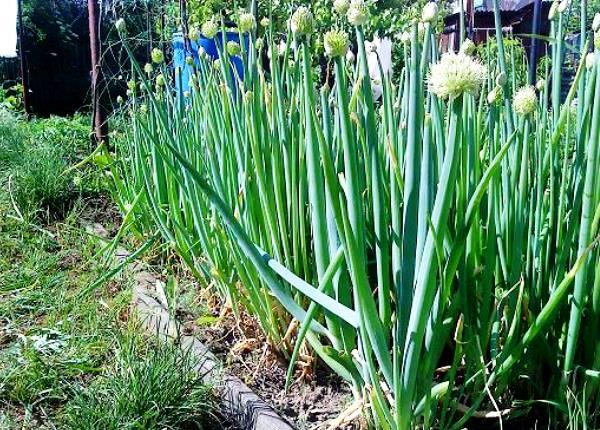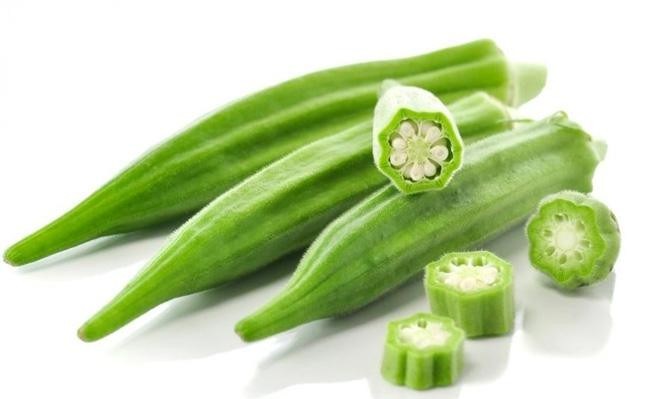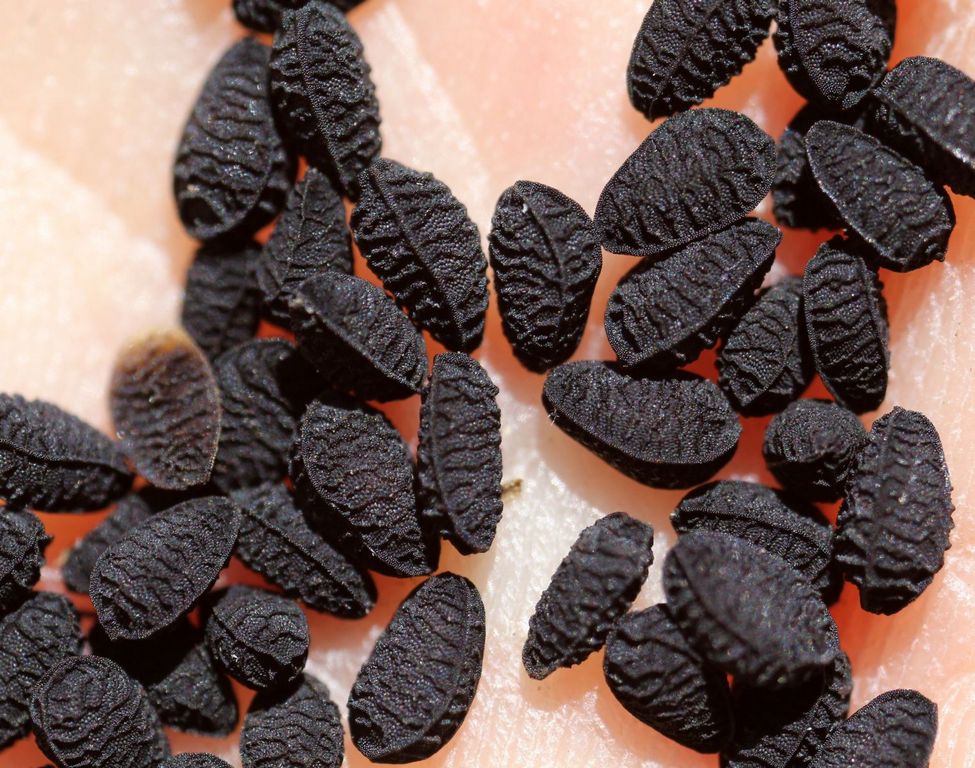If there is a lack of the required pungency and piquancy in table dishes, it is recommended to add to them a little fragrant greenery called garden marjoram. The specific marjoram flavor of this seasoning sensitively changes the taste of most common dishes, making them more attractive and appetizing. Answering the questions about what marjoram is and how to grow it in Russian conditions, we note the following:
- First, due to its attractive "fragrant" qualities, greens, which are quite rare for our regions, have become very popular in Russia over time and have taken root well in mid-latitudes;
- Secondly, today many amateur gardeners successfully breed marjoram from the seeds of which is the basis of its growing season.
Agrotechnics
This breeding method is distinguished by its simplicity, which nevertheless provides a fairly high crop yield. In addition, it is versatile, since marjoram can be grown in the form of seedlings not only in the garden, but also at home (by placing a box with seedlings on the windowsill, for example).
For the cultivation of fragrant herbs in the garden conditions, it is advisable to use a special type of plant called Baikal garden marjoram. This variety of herbaceous culture is not sensitive to the vagaries of nature (even frost on the soil does not pose a threat to it). According to the well-known classification, it is customary to refer to it as a perennial species, but under artificial conditions, due to the long ripening period, the grass is most often mistaken for an “annual”.
For successful cultivation, a very important factor is the condition of the soil in the place where the plant is supposed to be planted, as well as the quality of its preparation. When studying this issue, we note the following points:
- It is customary to plant marjoram on open beds in May, when the cold matinees ended and the weather was relatively warm;
- This thermophilic type of herbaceous plants can hardly stand the cold, therefore, in the process of growing it, it is important to take into account the climate in the area;
- Light, slightly acidic or neutral soils are suitable for growing greens. At the end of winter, the land under it must be fertilized with organic matter and minerals;
- A month before the planting of a thermophilic plant, marjoram is carefully dug into the ground, and then abundantly moistened. This preparation should be sufficient to keep it at normal moisture content and remain loose;
- A plot for planting grass is selected on the sunny side of the garden, where there are no strong drafts. A hillock with a slight slope is optimal, but without unnecessary irregularities in which light and shade may occur.
We add to this that somewhere 13-15 days before transferring to the soil for future seedlings, fertilizers are applied in the following composition: urea, potassium salt (20-30 grams per unit area), as well as superphosphate, after which the earth is carefully dug up again ...
Reproduction methods
Before growing marjoram at home, you need to know that you can do this in the following three ways:
- Sowing winter marjoram with seeds;
- Its reproduction by dividing the bush;
- Use for these purposes of ordinary cuttings.
The propagation of grass according to the first of the proposed methods should naturally be done at home, having at hand all the necessary tools for this.Before growing marjoram from seed at home, you need to choose one of the most commonly practiced methods: breeding with and without a pick.
In this case, it is possible to plant seeds in small pots in volume, suggesting the subsequent cutting of seedling roots or sowing them immediately into a large pot (without picking). In the first case, 100-gamma disposable plastic cups or so-called "peat" containers are used for this, and in the second - large-size store pots.
Since the issues of reproduction of marjoram by division and cuttings are not the subject of this review, we will confine ourselves to considering the first of these methods (planting seedlings).
Seeds
Disembarkation
Before sowing marjoram seeds for seedlings, first of all, you will need to prepare for this procedure. This means that they need to be etched in a solution of pink potassium permanganate for several hours, only after that go directly to planting. All subsequent actions can be represented as follows:
- First, well fertilized soil (humus) is poured into the pots by about two-thirds;
- Then the seeds treated with potassium permanganate are mixed with sand and sown in the upper layer of well-loosened soil;
- Then earth is poured over the seeds, which is immediately carefully watered (so as not to disturb the structure of the soil);
- At the end of these procedures, it remains to cover the pots with a polyethylene bag, having previously made several holes in it. After that, you can remove them for a couple of weeks in a warm place and water the ground daily.
After a couple of weeks or a little more, small sprouts should hatch, which is a signal to remove the bags and to the fact that it is time to transfer the pots to the sunlit windowsill.
Seedling care
It is at this stage of development that nutritional supplements (fertilizers) should be started. About a month after the shoots have grown a little, it is recommended to reduce the amount of watering. During this period, the soil is periodically weeded to keep it loose all the time.
The marjoram plant is moisture-loving, but already matured bush is able to withstand a slight moisture deficit. Nevertheless, in the summer it must be watered systematically, not sparing water for it. On cloudy winter days, when there is a sure minus outside the window, watering can be reduced to the "moderate" mode. It should always be remembered that waterlogging of the soil, combined with a lack of sunlight, often leads to a disease of marjoram, known as powdery mildew.
Long-term stagnation of water is also fatal for him, because of which the bush can simply get sick and die. So before planting seedlings, special attention should be paid to the quality of the drainage being equipped.
Immediately after the greens are stretched to the desired length, you can start eating them. If you plan to store the herb in a dried form for a long time, you should collect it only after the marjoram flower has bloomed.
About a month after the beginning of flowering, small bolls will appear in place of the inflorescences, from which seeds spill out when shaken.
Transfer to beds, care and collection
A further description of the marjoram plant, planting and care in the open field, which is also of some interest, will be devoted to these issues. The order of the performed actions is as follows:
- When transferred to a garden bed, seedlings are usually placed in a tape one after the other, observing a given distance between them (at least 20 cm);
- The need for this is explained by the fact that as they grow, the bushes of grass gain volume and spread out in breadth, obscuring each other;
- On a bed prepared in a garden or greenhouse, with its sufficient width, several ribbons from plants are placed, between which a strictly specified distance is also maintained (at least 20-30 cm);
- Immediately after the plants are transplanted into the soil, it is recommended to slightly moisten it.
Caring for the planted marjoram seedlings is reduced to preventing accidental drying out of the soil, maintaining its moisture content at a constant level (approximately 50-60%). In addition, a couple of weeks after planting, young seedlings can be fed with a classic set of fertilizers (potassium, ammonium nitrate and mandatory superphosphate).
When the marjoram bushes, the cultivation and care in the open field of which are discussed in this section, grow enough, the volume of their watering can be temporarily reduced. At this stage of plant development, high-quality weeding and loosening of the soil are important for it.
By the time the leaves of the plant have reached the required condition (fully gaining juiciness), they can be removed from the stem and used as a fresh seasoning. The collection of grass for the purpose of its subsequent drying should be started a little later.
The plant is considered ready for consumption in its pure form by the moment when its full flowering began (the month of August). If you want to have the most juicy shoots, the peduncles are cut off immediately after their appearance.
In conclusion, we add that marjoram flowers are very useful and can serve as an excellent addition to teas and tinctures. It is for this reason that many of the so-called "dedicated" experts recommend collecting them with herbs.
